10 organisation mindset tips from Netflix's The Home Edit that you can use right now


Remember the cleaning and organising frenzy that was sparked after Marie Kondo dropped the series Tidying Up with Marie Kondo? Set to reignite the decluttering bug in you, Netflix has partnered with The Home Edit for the television series Get Organised With The Home Edit.
Founded by Clea Shearer and Joanna Teplin, the organisational consultancy has since garnered millions of fans with their soothing Instagram feed and a bestseller book that doles out tips to organise possibly one of the most chaotic places in our lives — our homes.
Keep scrolling to find out 10 of our biggest decluttering tips we have taken away from the show and get to organise your homes right now.

As the saying goes, if you fail to plan then you’re planning to fail. Think about your goals for the space you’re organising and what you want to achieve out of it. Are you trying to maximise your wardrobe space?
Clearing out the kitchen? Or are you tidying up your children’s room? Your goal needs to be clear and intentional. Also, think about the workflow when you’re deciding what goes back here.
Other factors you need to plan for include whether you’re going to refurbish the area, repaint the walls or introduce new furnishings and organisational materials. Remember to take measurements before purchasing shelving units, storage compartments and furniture to minimise loss of time and money.

Once you’ve decided what space to organise, it is time to declutter.
Rather than editing as you go (more on that with the next point), The Home Edit team practices placing everything into a giant pile. The pile serves as a visual understanding of just how much you’ve collected over the years but it is not meant to just be a singular massive heap of items.
Instead, sort the pile into broad categories such as shirts, dresses, jumpsuits or utensils, small appliances, pots and pans, etc.

Now that you’ve got your pile of stuff together, it is time to edit them. Things that you don’t need or use anymore should vacate the premise immediately. Sentimental items should be placed aside but not before you consider carefully if they truly have a place in your heart.
Don’t be afraid to really be critical and give up things that will just take up prime real estate in your space. These can be donated to charity and serve a better home. Really spend time on this step to whittle down your belongings with the notions of whether to keep, donate, discard or move to storage.
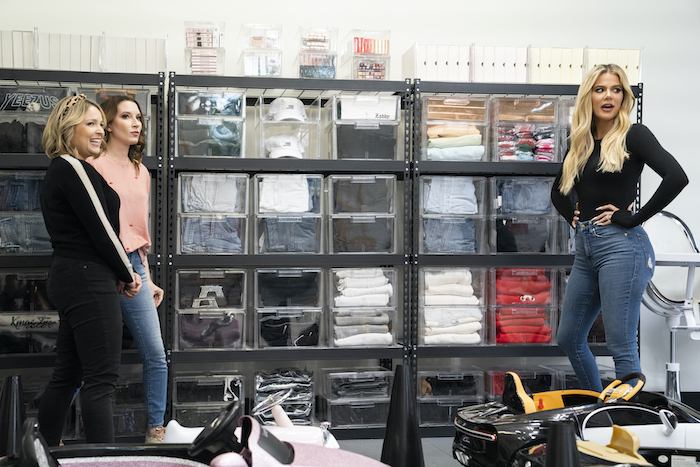
In the episode featuring Khloe Kardashian, The Home Edit team was tasked to organise her garage. The team wanted to use one of the nooks in the wall to place two shelving units side by side.
However, they had miscalculated the dimensions and had to move the shelves to another wall. This brings up a good point: trial and error is part of the process. Don’t fret if things don’t work out immediately. Rather, be flexible and find creative ways around your problem.
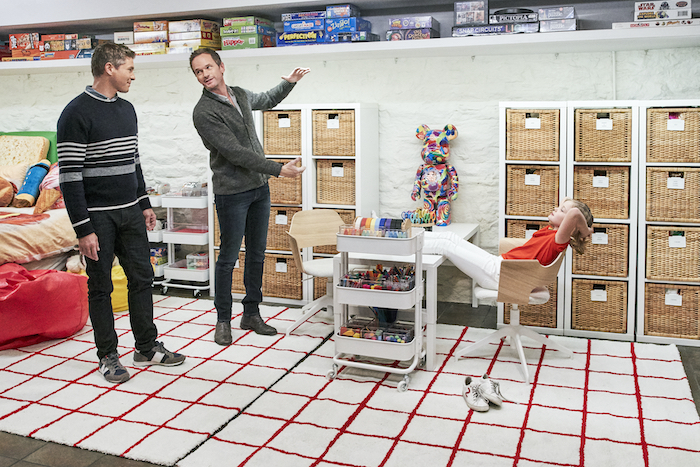
Zones are a way to compartmentalise and segregate your belongings to create a more systematic way of organising. In the first episode with Reese Witherspoon for example, she wanted her closet to contain past costumes from productions she has been in.
As such, The Home Edit team divided her wardrobe into sections such as Legally Blonde, Big Little Lies and Red Carpet, each containing outfits specific to the category.
Shoes, jewellery and accessories that were used to complete the outfits are also stored within the category instead of being cordoned off into fashion paraphernalia section.

After creating the zones, you need to consider your lifestyle habits and needs as well. In the first episode, The Home Edit team tackles a paediatrician’s closet as well. Besides the usual clothing, bags, accessories compartments, the team also created a “transfer zone” where the doctor can empty the content of her bags before they are transferred into another bag she wants to use.
In another episode, the kitchen is organised to cater to different family member’s needs. For example, an area for coffee for the mother, a snack and drinks area for the children and a meal prep section for the father who is trying to eat more healthily.
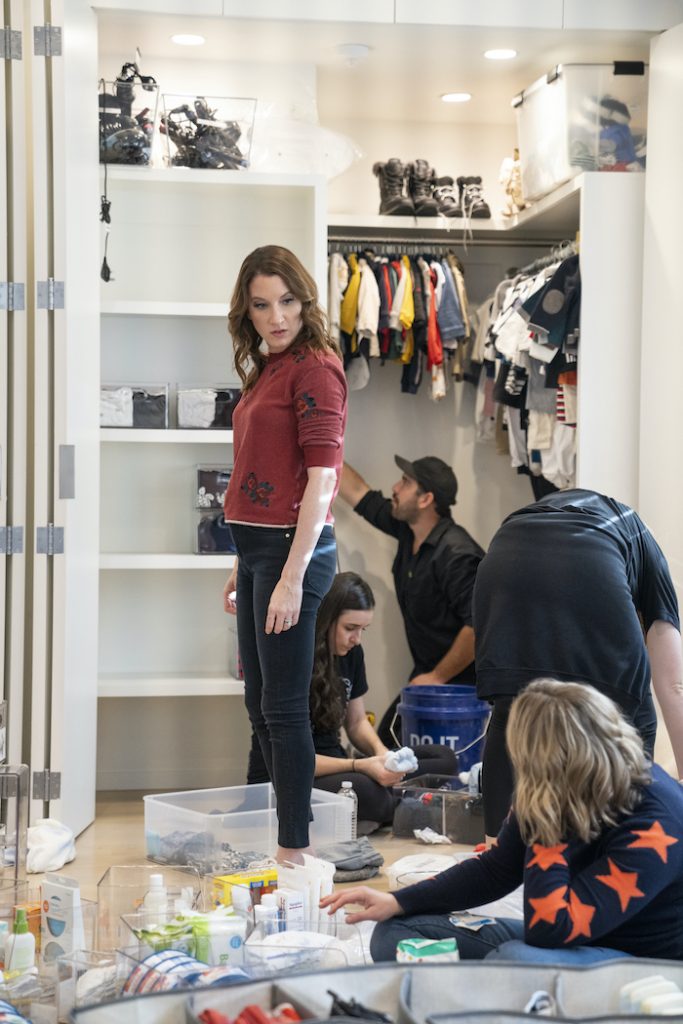
No, we are not talking about jewellery, bags and shoes here. We are talking about organising tools and implements. These can range from velvet hangers for clothes and hooks for bags to Lazy Susans and storage carts.
Bag and shoe stuffers, clutch dividers, jewellery boxes, containers and drawer dividers are also other accessories that will help. Opting for matching accessories will further create a sense of uniformity and calmness.
Home organisational shops are a great place to get inspiration on what is available in the market to aid your decluttering journey.

It can be tempting to go with wicker baskets or coloured boxes to match the decor of your living space. The Home Edit team, however, prefers clear acrylic iterations as much as possible. Why? This prevents us from slipping into the habit of things being out of sight and out of mind.
In addition, this method also helps you keep track of what food items or backstock needs to be replenished before you’re caught off-guard.
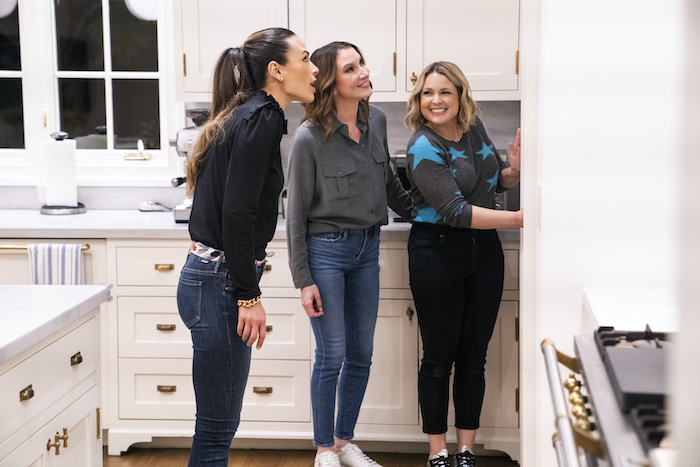
Now that everything is properly decluttered and stored away, it is time to take the additional step of labelling every storage container and compartment. A label maker will save you a lot of time here or you can take the extra step of printing these out with special fonts.
Either way, labelling helps you and your family keep track of what goes where and helps keep everything in order.
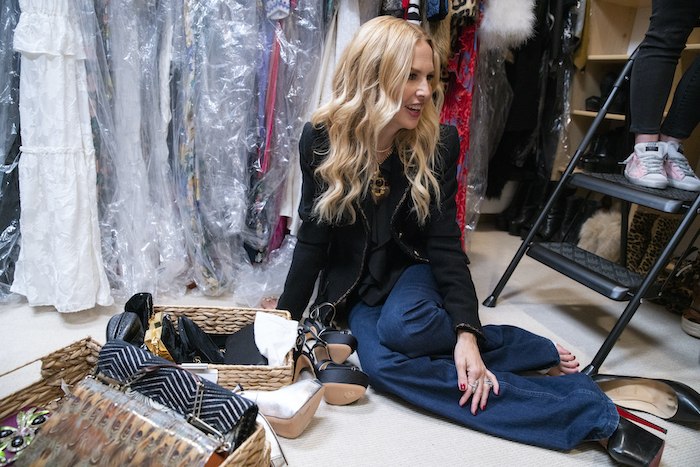
Remember the zones that you have created? Combined with accessories like clear containers, they have an added benefit of signalling when the compartment is full and requires another round of decluttering when the need arises again.
Maintenance, after all, is key to ensuring that your house and living space remains optimal and stress-free.
This article was first published in The Singapore Women's Weekly.